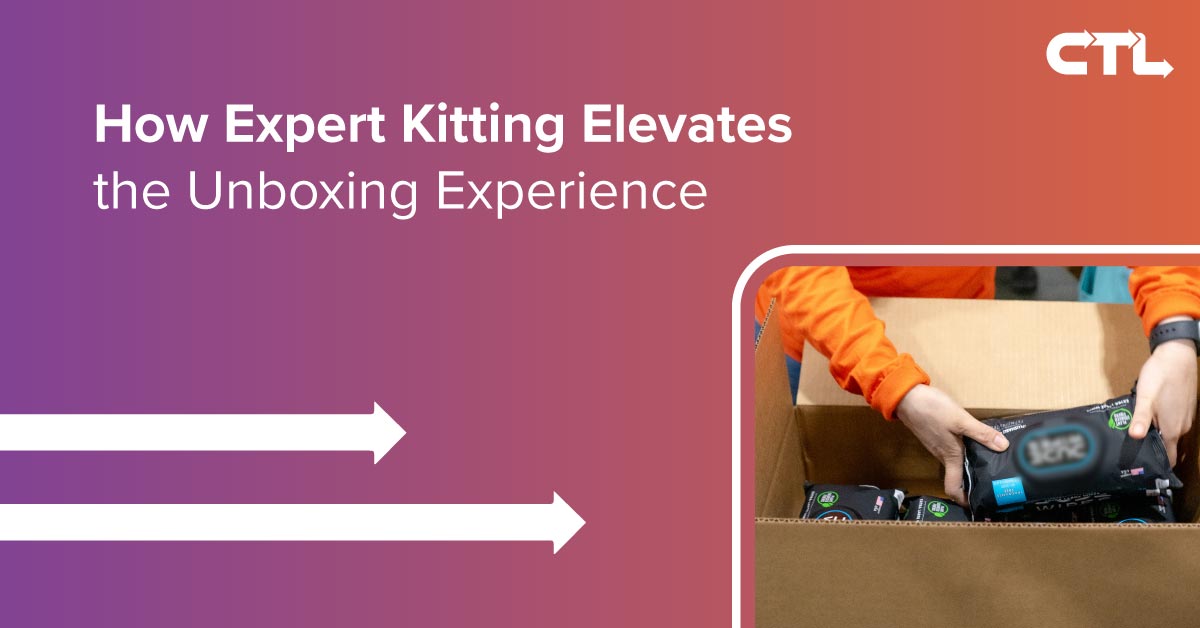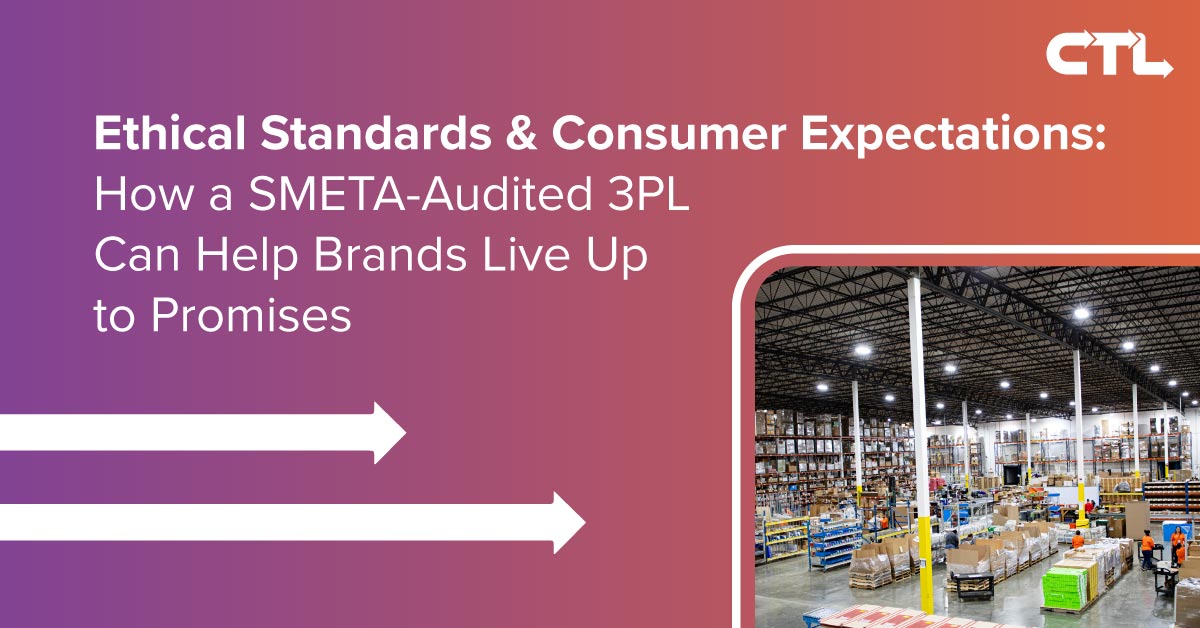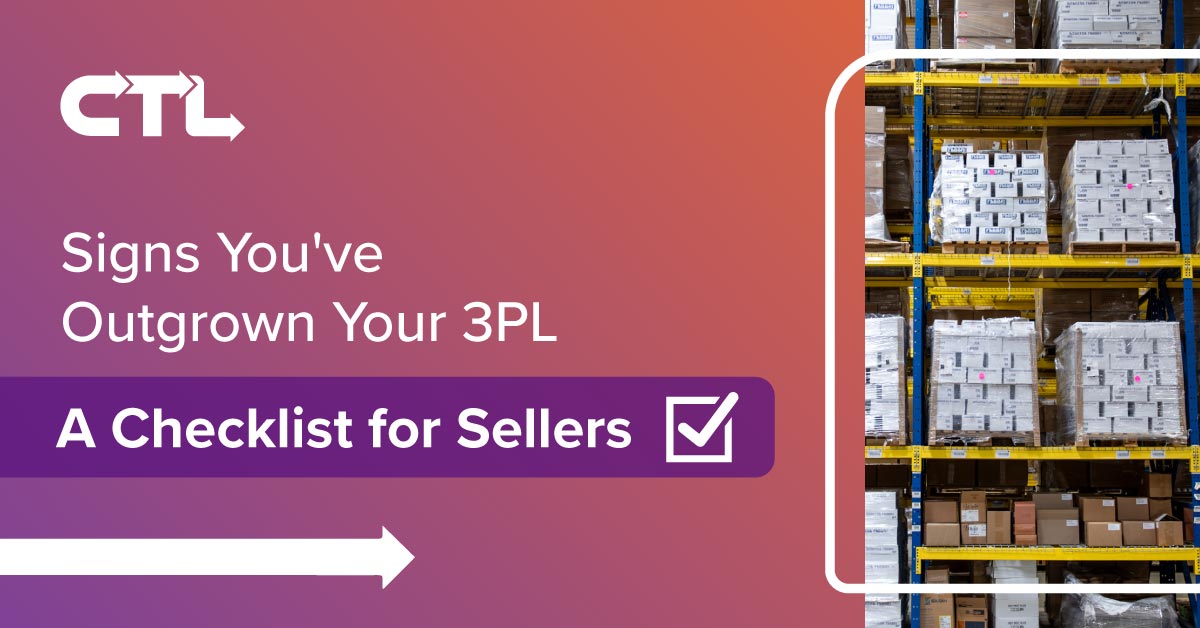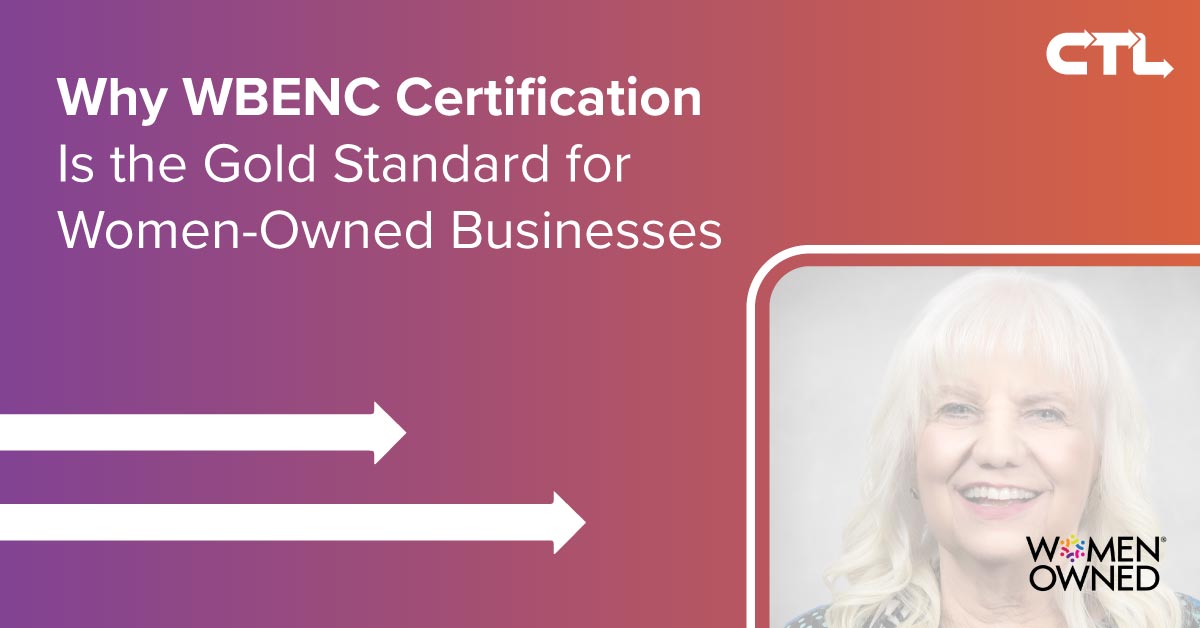Amazon FBA vs Third Party Logistics (3PL)
In the rapidly evolving world of eCommerce, businesses are constantly looking for ways to optimize their fulfillment strategies. Many brands initially turn to Amazon FBA (Fulfillment by Amazon) for its convenience and reach. However, as the landscape becomes more competitive and costs associated with FBA continue to rise, more companies are exploring alternatives that offer greater control and flexibility. Enter the Third-Party Logistics (3PL) provider—a solution that is increasingly becoming the preferred choice for businesses looking to manage their e-commerce fulfillment services more strategically.
The Growing Appeal of Amazon FBM and Vendor Central Dropship
While Amazon FBA has its advantages, including fast shipping and access to Amazon Prime customers, it’s not without its challenges. One significant drawback is the peak surcharge schedule that Amazon imposes during the holiday season, making it increasingly cost-prohibitive for many brands. This is where Amazon FBM (Fulfillment by Merchant) and Vendor Central Dropship come into play.
Vendor Central Dropship is gaining traction as it allows brands to sell directly to customers while Amazon manages the shipping. This model not only provides an overflow or relief valve for FBA but also opens up new opportunities for brands to maintain control over their inventory and experiment with different strategies.
Hard Bundling vs. Virtual Bundling: What To Know
One of the key areas where 3pl ecommerce fulfillment providers like CTL excel is in the realm of product bundling. Amazon offers an option where multiple SKUs are picked and packed as separate items, and while this can increase basket size, it doesn’t offer any fulfillment savings since each item is still treated as an individual pick.
In contrast, a 3PL partner can create bundles—physically grouping products together into a single SKU. This method is far more efficient, reducing the number of picks and associated labor costs. Brands can also experiment more rapidly with variety packs or multi-packs, allowing for quick adjustments to meet market demands without the risk of committing large quantities of inventory to a single channel.
Flexibility and Cost Efficiency: The 3PL Edge
Another major advantage of working with a 3PL partner is the ability to have centralized inventory (fulfillment center) and quickly reallocate it across multiple channels, including Amazon, Walmart, and Target. This flexibility ensures that brands don’t overcommit to a single platform, reducing the risk of out-of-stock situations or having unsellable inventory tied up in one place.
For example, if a product isn’t performing well on Amazon, a 3PL can swiftly move that inventory to another channel where it might sell better, all without the need to physically move goods between distribution centers. This ability to pivot quickly is invaluable, especially during peak seasons or promotional periods like Prime Day, where the ability to adapt to shifting demand can make or break a brand’s success in the ecommerce order fulfillment landscape.
Reducing Hidden Costs and Risks
Brands that rely solely on Amazon often face hidden costs that can erode profitability, such as high damage rates or the complexities of complying with Amazon’s stringent requirements. By working with a 3PL, brands can mitigate these risks. For instance, CTL offers lower damage allowances through Vendor Central Dropship, which translates to less product loss and higher customer satisfaction.
Additionally, the ability to control inventory and fulfillment outside of Amazon’s ecosystem allows brands to avoid the pitfalls of overstocking and the financial strain that comes with unsold goods. Instead, they can test new products and strategies in a cost-effective manner, ensuring that they only commit to what works.
A Strategic Shift Towards 3PL
As brands navigate the complexities of eCommerce fulfillment, the benefits of partnering with a 3PL like CTL become increasingly clear. From bundling efficiencies to flexible inventory management, a 3PL partner can offer a level of control and cost-effectiveness that Amazon’s FBA and virtual bundling simply can’t match. For brands looking to take back control of their Amazon Marketplace and beyond, now is the time to consider making the switch.



